Availability
-
Max:
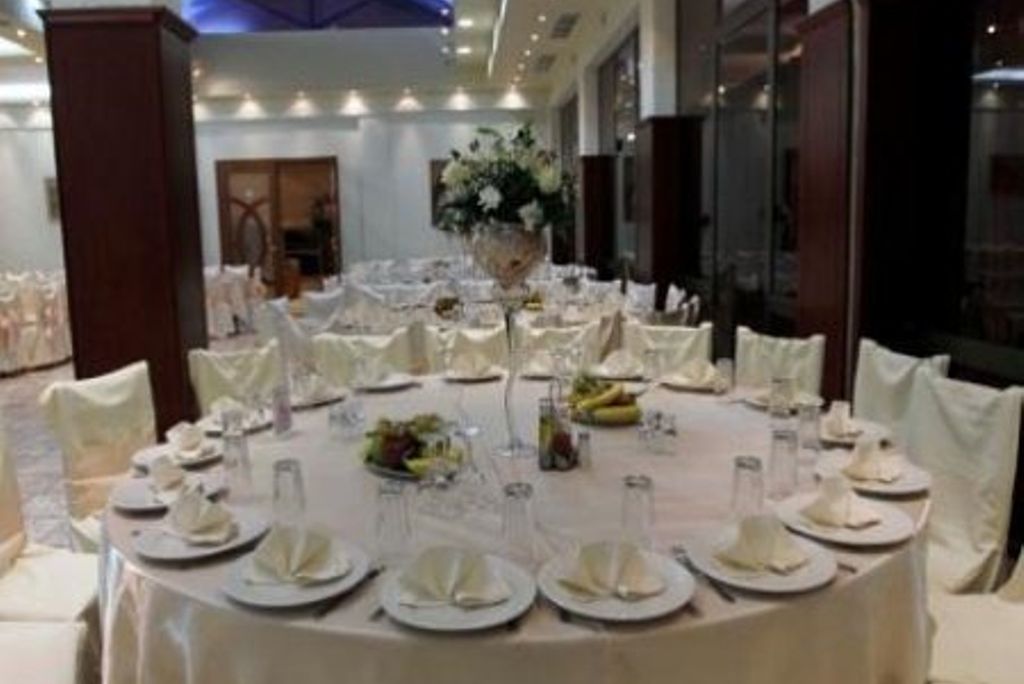
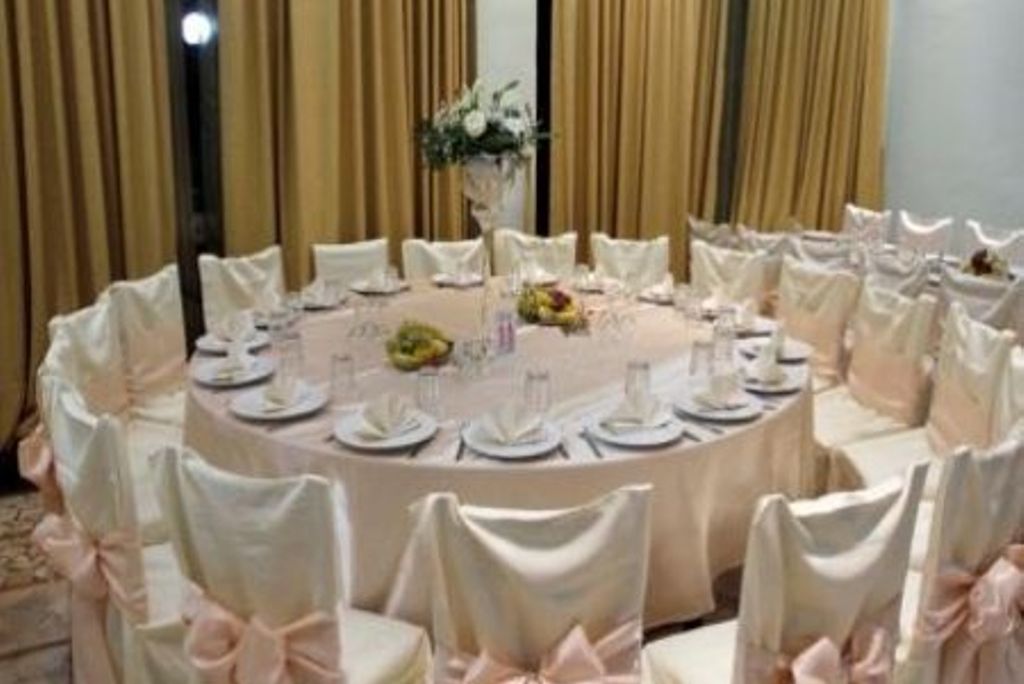
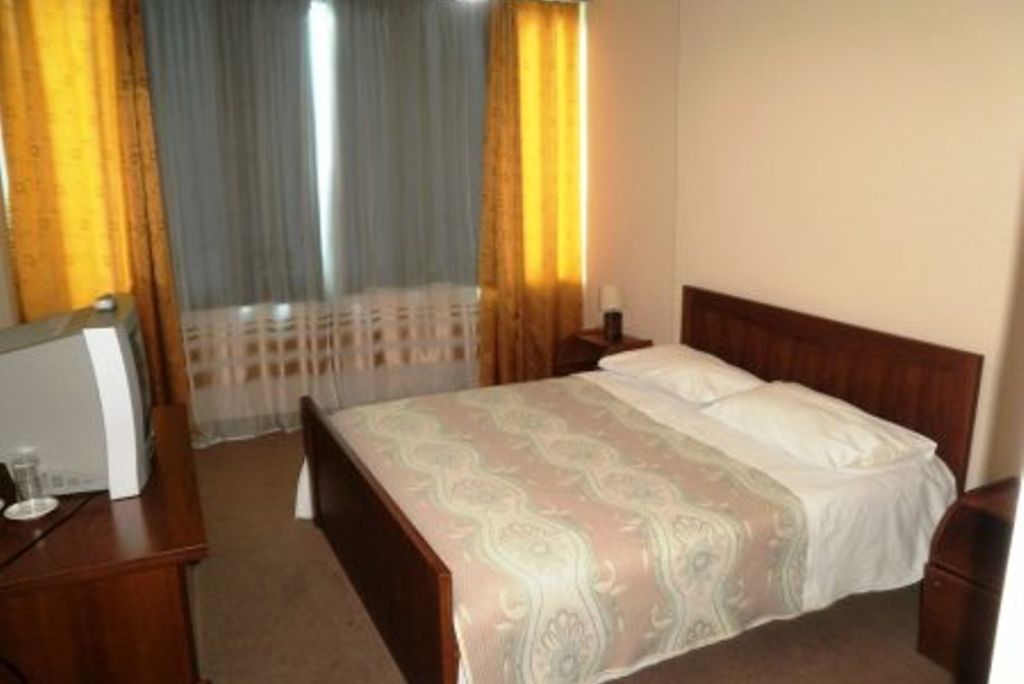
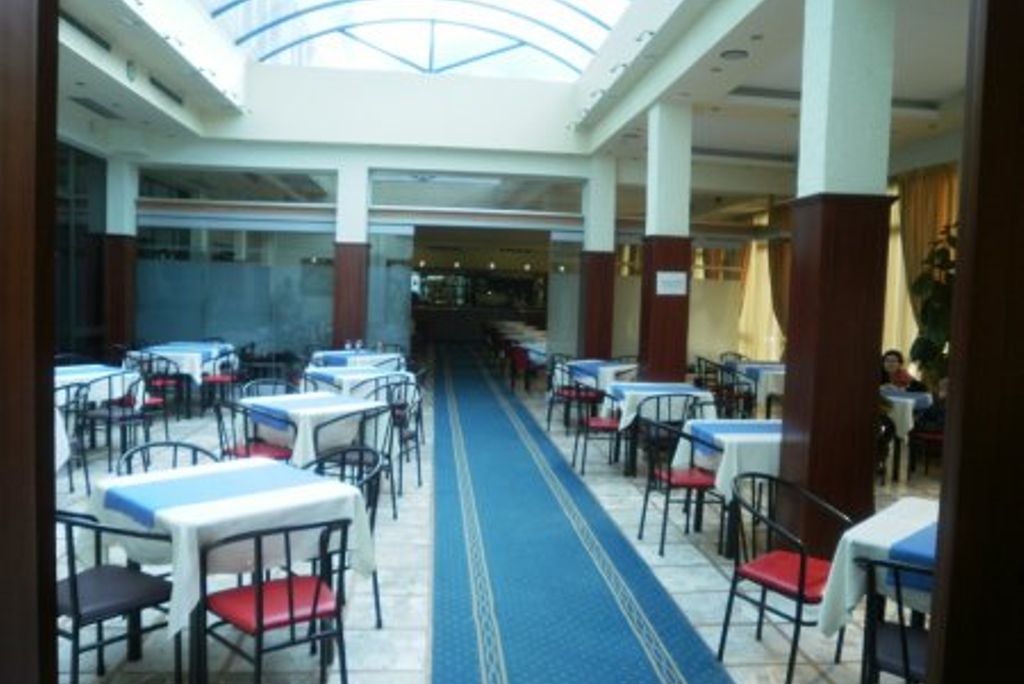

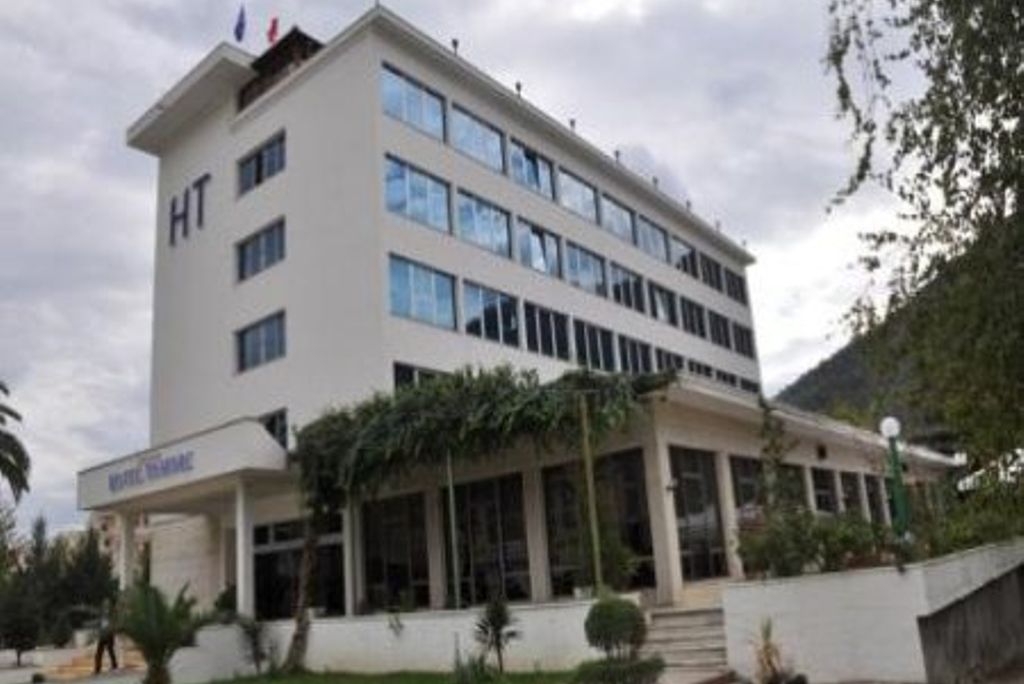
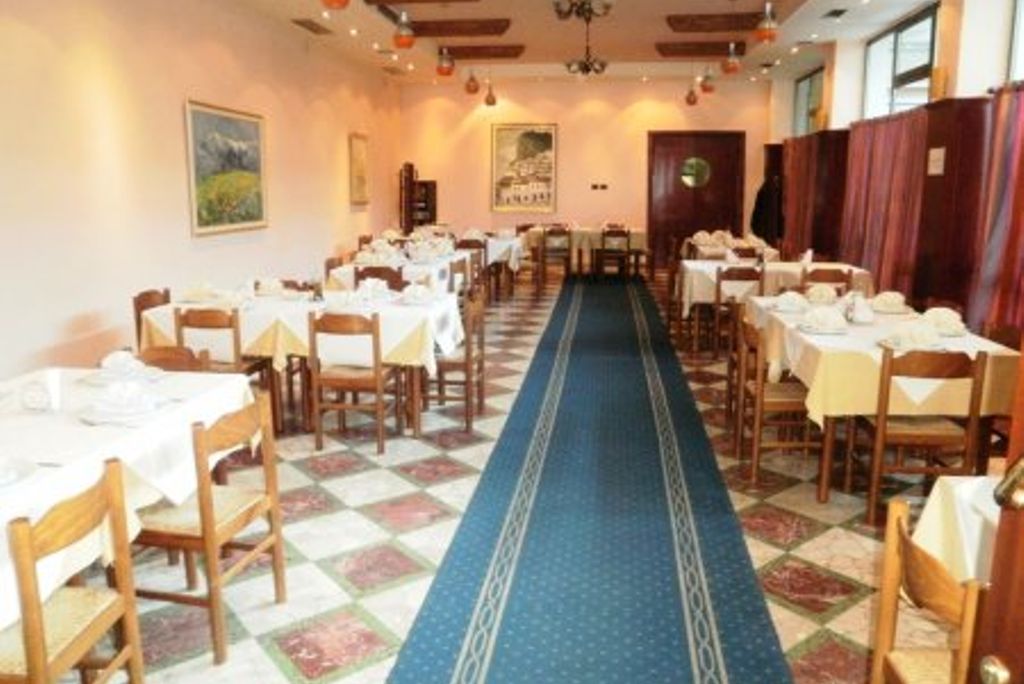
Tomorri Hotel war das einzige Hotel in der Stadt während der Diktatur von den wenigen Touristen oder hochrangigen Beamten auf einer Geschäftsreise in die Altstadt verwendet. Die Architektur ist typisch für den kommunistischen Stil und das Gebäude ist von großen Palmen umgeben. Das 1975 erbaute Hotel verfügt über 30 Jahre Erfahrung in Service und Tradition. Daher kann es Ihren Aufenthalt so angenehm und angenehm machen, wie Sie es wünschen. Die Zimmer wurden in den letzten Jahren modernisiert, während im Sommer 2006 die Rezeption, die Bar und das Restaurant renoviert wurden. Die Aussicht von der Terrasse auf der obersten Etage mit Blick auf die alten Viertel Mangalemi & Gorica ist spektakulär. Es gibt viele Zimmer im Hotel, etwa 50, von denen 38 Zwillinge, 9 Doppelzimmer und 3 Suiten sind. Alle Zimmer sind mit Bad, Dusche, Klimaanlage, Zentralheizung, TV, Minibar ausgestattet. Das Hotel „Tomorri“ verfügt über eine Bar, ein Restaurant und einen Konferenzraum für 80 Personen. Im Restaurant des Hotels „Tomorri“ finden Sie die albanische traditionelle Spezialität und orientalische Küche. Genießen Sie das Vergnügen dieses Hotels.
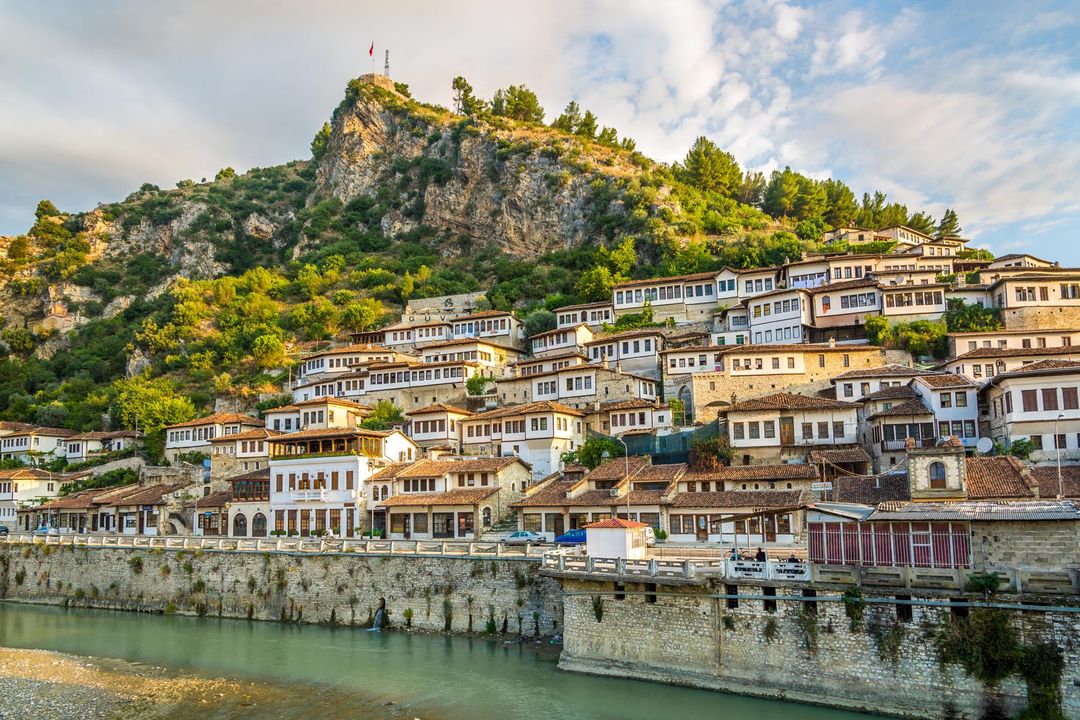 Berat, historically known as Poulcheriopólis and Antipatreia, is the ninth most populous city of the Republic of Albania. The city is the capital of the surrounding Berat County, one of 12 constituent counties of the country. By air, it is 71 kilometres (44 miles) north of Gjirokastër, 70 kilometres (43 miles) west of Korçë, 70
Berat, historically known as Poulcheriopólis and Antipatreia, is the ninth most populous city of the Republic of Albania. The city is the capital of the surrounding Berat County, one of 12 constituent counties of the country. By air, it is 71 kilometres (44 miles) north of Gjirokastër, 70 kilometres (43 miles) west of Korçë, 70 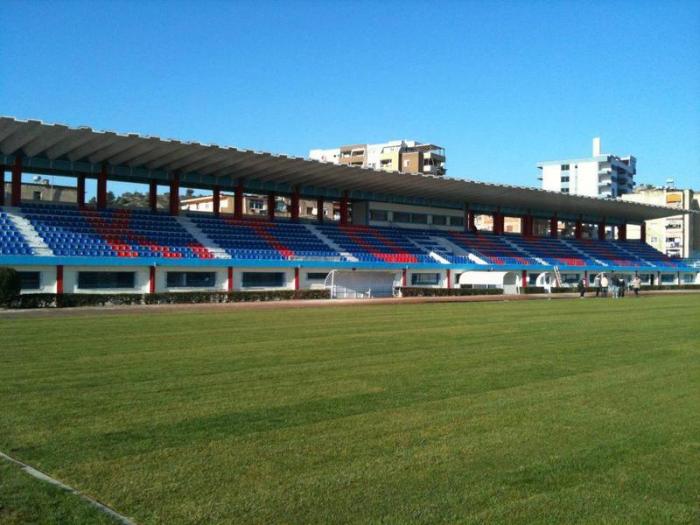 The football (soccer) club is KS Tomori Berat.
The football (soccer) club is KS Tomori Berat.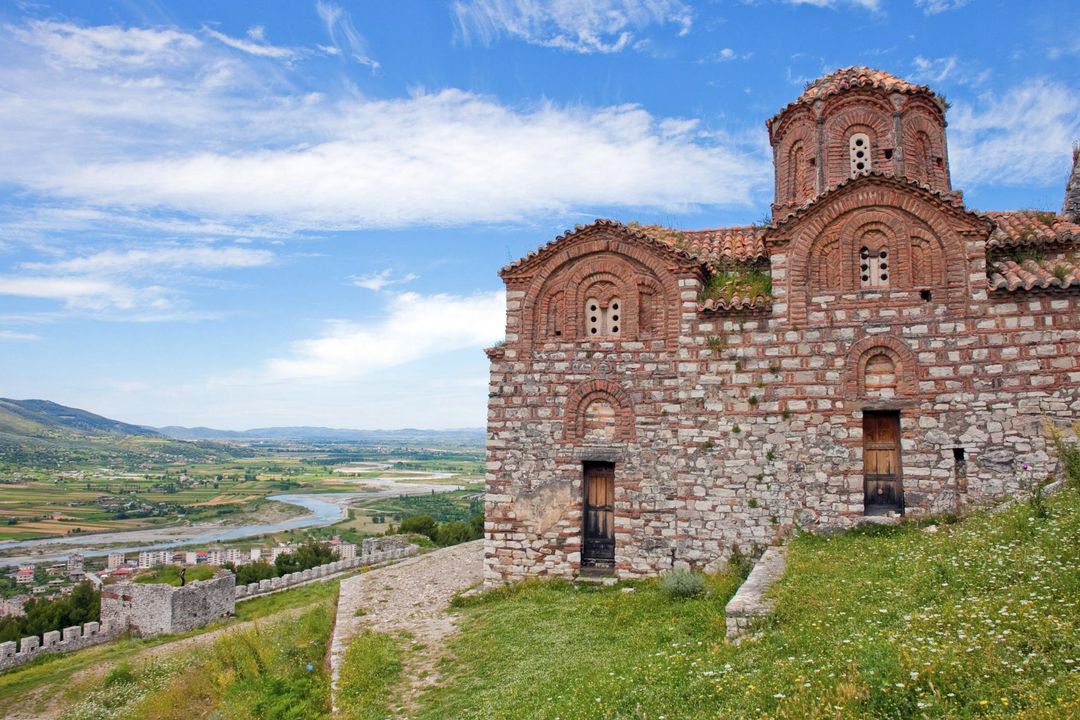 The earliest recorded inhabitants of the city (6th century BC) were the Greek tribe of the Dassaretae or Dexarioi, the northernmost subgroup of the Chaonians, and the region was known as Dessaretis after them. Modern Berat occupies the site of Antipatreia (Ancient Greek: Αντιπάτρεια), which originally was a settlement of the Dexarioi[5] and later a Macedonian stronghold in southern Illyria.[3][6] The founding date is unknown, although if Cassander is the founder it has been suggested that Antipatreia was founded after he took control of the region around 314 BC. In 200 BC it was captured by the Roman legatus Lucius Apustius, who razed the walls and massacred the male population of the city.
The earliest recorded inhabitants of the city (6th century BC) were the Greek tribe of the Dassaretae or Dexarioi, the northernmost subgroup of the Chaonians, and the region was known as Dessaretis after them. Modern Berat occupies the site of Antipatreia (Ancient Greek: Αντιπάτρεια), which originally was a settlement of the Dexarioi[5] and later a Macedonian stronghold in southern Illyria.[3][6] The founding date is unknown, although if Cassander is the founder it has been suggested that Antipatreia was founded after he took control of the region around 314 BC. In 200 BC it was captured by the Roman legatus Lucius Apustius, who razed the walls and massacred the male population of the city.